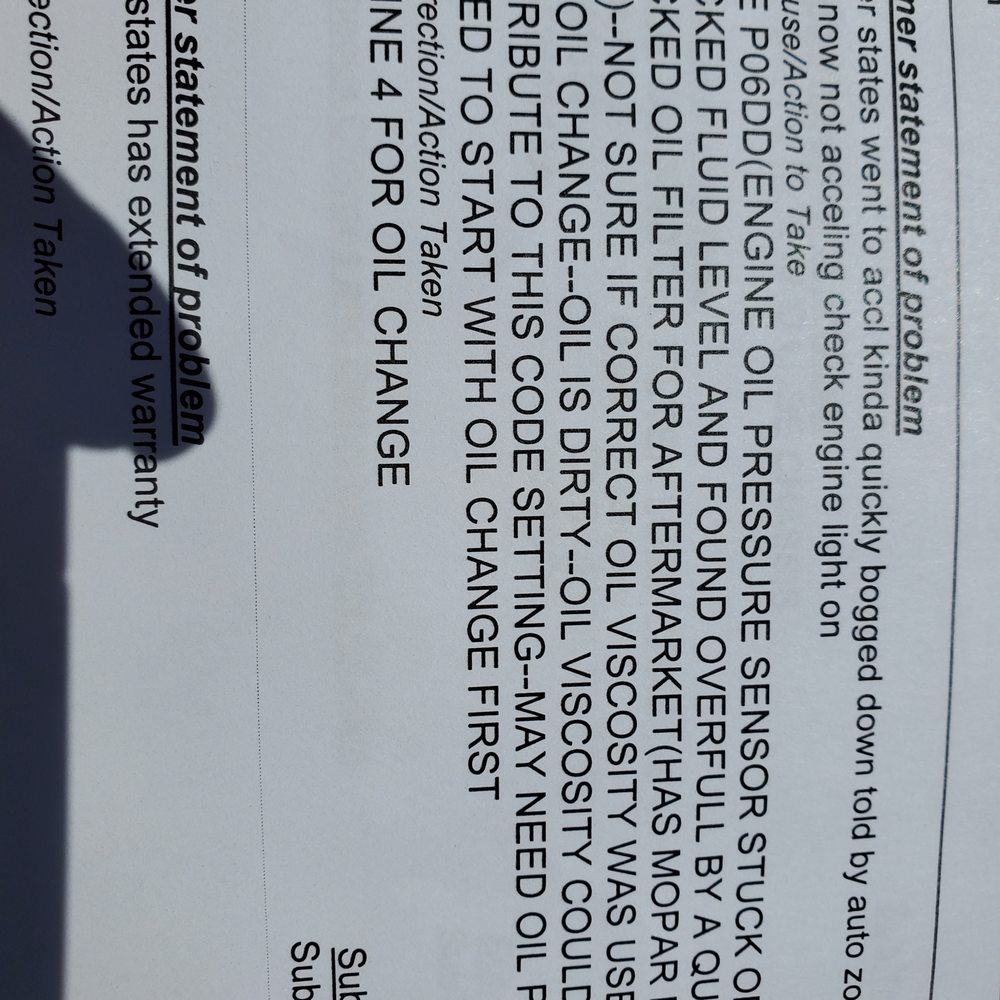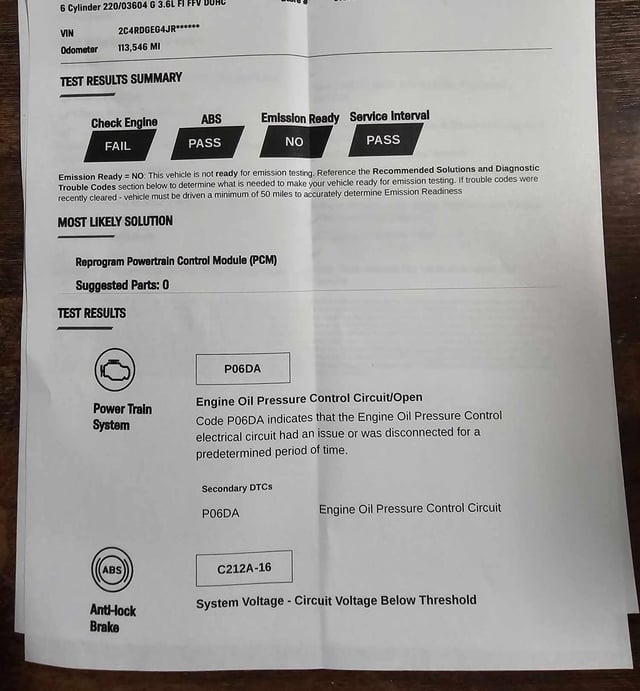“Engine Oil Won’t Drain? Dealing with a situation where engine oil refuses to drain properly can be frustrating and challenging. In this guide, we will explore common reasons why engine oil may not drain as expected and provide solutions to help you effectively address this issue. Understanding the underlying causes and knowing how to troubleshoot can help you maintain your vehicle’s engine health and ensure smooth operation. Let’s delve into the possible reasons and solutions for when engine oil won’t drain as it should.”
How to Drain Engine Oil?
Draining engine oil is a critical part of routine vehicle maintenance. Here’s a general guide on how to drain engine oil:
- Prepare the Vehicle: Park the vehicle on a level surface and allow the engine to cool down to prevent burns.
- Gather Necessary Tools: You will need a wrench or socket set, an oil drain pan, and gloves to protect your hands.
- Locate the Oil Drain Plug: The oil drain plug is typically located on the bottom of the engine oil pan. Consult your vehicle’s manual if you’re unsure.
- Position the Drain Pan: Place the oil drain pan under the oil drain plug to catch the old oil.
- Loosen the Drain Plug: Use a wrench or socket set to loosen the drain plug in a counterclockwise direction. Be prepared for the oil to start flowing once the plug is fully removed.
- Drain the Oil: Allow the old oil to drain completely into the oil drain pan. This may take a few minutes.
- Inspect the Drain Plug: Check the drain plug and washer for any damage or wear. Replace it if necessary.
- Replace the Drain Plug: Once the oil has fully drained, clean the drain plug and reinstall it securely by tightening it in a clockwise direction.
- Refill with New Oil: Refer to your vehicle manual to determine the correct type and amount of engine oil needed. Pour the new oil into the engine through the oil filler cap.
- Check Oil Level: After adding new oil, check the oil level using the dipstick to ensure it is at the correct level.
By following these steps, you can effectively drain the engine oil in your vehicle and maintain its optimal performance.
Possible Reasons + Fixes for Engine Oil Not Draining
When engine oil does not drain properly during an oil change, it can be due to various reasons. Here are some possible causes and corresponding fixes:
- Clogged Oil Drain Plug: Over time, debris and sludge can accumulate around the oil drain plug, preventing proper drainage.
- Fix: Remove the oil drain plug and clean it thoroughly. Consider using a wire brush or solvent to remove any buildup.
- Incorrect Drain Plug Tightness: If the oil drain plug is overtightened or not properly secured, it can cause issues with draining.
- Fix: Ensure the drain plug is tightened to the manufacturer’s specifications. Do not overtighten as it can damage the threads.
- Oil Pan Damage: Damage to the oil pan, such as dents or cracks, can disrupt the draining process.
- Fix: Inspect the oil pan for any damage. Replace the oil pan if necessary to ensure proper drainage.
- Clogged Oil Filter: A clogged oil filter can restrict the flow of oil during drainage.
- Fix: Replace the oil filter with a new one before attempting to drain the oil again.
- Oil Viscosity: If the engine oil has thickened or congealed, it may not flow out easily during drainage.
- Fix: Warm up the engine for a few minutes to help thin out the oil before attempting to drain it.
- Oil Sump Obstruction: Debris or sludge buildup in the oil sump can obstruct the flow of oil.
- Fix: Use an oil sump cleaner or flushing agent to remove any obstructions before draining the oil.
- Improper Vehicle Position: If the vehicle is not on a level surface, it can affect the draining process.
- Fix: Ensure the vehicle is parked on a level surface before attempting to drain the oil.
- Wrong Oil Type: Using the wrong type of engine oil can have severe consequences for your vehicle. The incorrect oil can impede proper drainage, resulting in potential engine damage and reduced performance. To safeguard your vehicle’s health and functionality, it is crucial to ascertain the specific oil type required for your vehicle and use it accordingly. By adhering to the manufacturer’s recommendations and using the correct oil type, you can mitigate the risk of complications and ensure optimal engine operation. Fix: Before proceeding with oil drainage, make sure that the vehicle is parked on a flat surface to facilitate the process.
By addressing these potential reasons for engine oil not draining properly and applying the corresponding fixes, you can ensure a smooth and effective oil change process.
What Fluids Can You Accidentally Drain While Draining Engine Oil?
When draining engine oil during an oil change, it’s important to be mindful of other fluids that may be located nearby in the vehicle. Here are some common fluids that you could accidentally drain if you’re not careful:
- Transmission Fluid: The transmission fluid pan is often located close to the engine oil pan. It’s important to double-check that you are draining the engine oil and not the transmission fluid.
- Coolant: The coolant reservoir or radiator may be located near the oil drain plug. Accidentally draining coolant instead of engine oil can lead to overheating and engine damage.
- Power Steering Fluid: Some vehicles have the power steering fluid reservoir located near the oil pan. Draining the power steering fluid can affect steering performance and damage the power steering system.
- Differential Fluid: In vehicles with rear-wheel or all-wheel drive, the differential fluid may be located close to the oil drain plug. Draining the differential fluid instead of engine oil can cause drivetrain issues.
- Brake Fluid: The brake fluid reservoir is typically located in the engine bay. Accidentally draining brake fluid can compromise braking performance and safety.
To avoid accidentally draining these fluids, it’s important to:
- Identify the location of each fluid reservoir in your vehicle.
- Take note of the color and consistency of the fluid you are draining to ensure it is engine oil.
- Use caution and double-check before removing the drain plug to prevent any mix-ups.
By being aware of the proximity of other fluids to the engine oil drain plug and taking precautions during the oil change process, you can avoid accidentally draining the wrong fluid and maintain the proper functioning of your vehicle.
Final Verdict: Engine Oil Won’t Drain
We hope that the article above will help you drain the dirty engine oil perfectly.
Please inform us in the comment section which solution worked for you.


